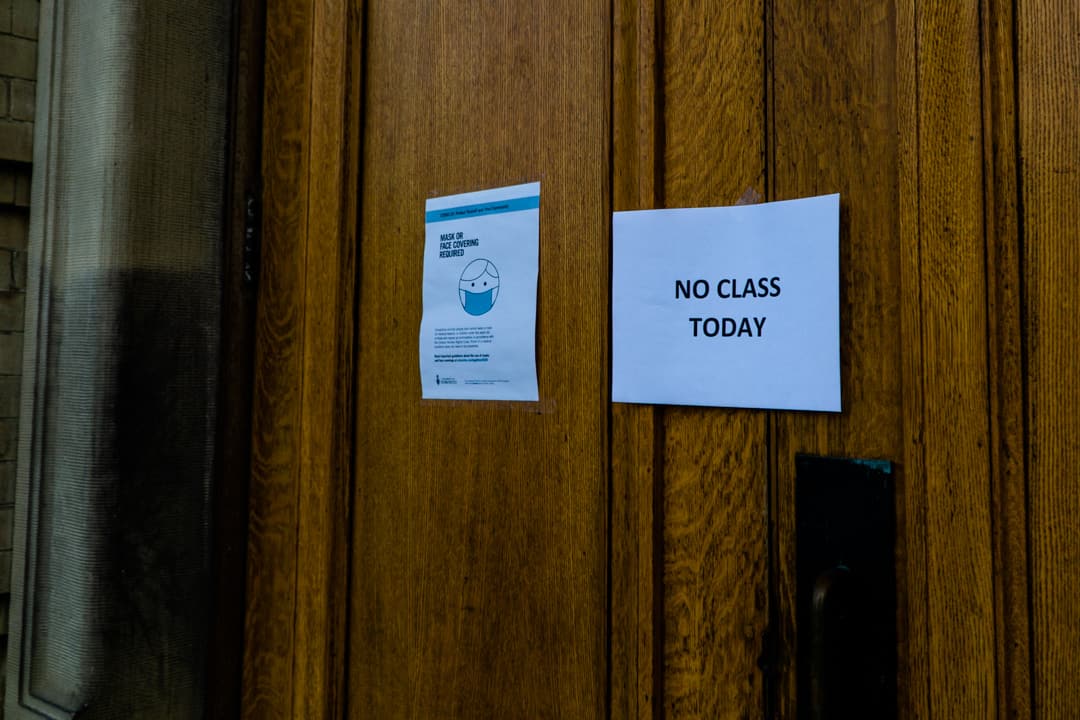Today’s Black Lives Matter (BLM) movement has transcended far beyond its original focus on police brutality. While advocating for Black lives and the security of Black bodies, it also pushes society to look critically at its relationship with race and its intersectionality with various other issues.
The recent protests and demonstrations across North America have led institutions and organizations to reconsider their structures and interactions with Black, Indigenous, and other racialized people. For instance, U of T released a statement condemning racism and other types of discrimination.
But words mean nothing when they are not followed by tangible action and evident change.
From September 9–10, a number of staff members at U of T were involved in a nation-wide Scholar Strike for Black Lives. The strike demanded that institutions of higher education across the country take concrete steps to promote anti-racism within their campuses.
It’s important to understand what BLM means within the context of a university. Similar to all other places of social gathering, university campuses have a culture of racism, discrimination, and dehumanization of Black and brown bodies.
While it may feel like an endless and thankless task to build a more equitable world, that larger goal can be kickstarted in our own communities — namely at U of T. The responsibility of dismantling this toxic environment rests squarely on university administrators’ shoulders — but will also require that each one of us reflect on our own actions and biases.
Movements such as the Scholar Strike for Black Lives are important for fostering change because they act as a necessary wake-up call for the administration. This strike brought a larger societal movement right to the university’s doorstep. It packaged a movement calling for the upheaval of all aspects of society and focused it on a specific context.
Dismantling racist structures is especially important because, from my experience, racism is pervasive in all corners of society. While U of T may not be actively taking Black lives, it is contributing to and helping perpetuate the systems that do. If governments will not comply with a top-down approach to dismantling racism, individuals and institutions must take it upon themselves to force change from the bottom up.
U of T needs to take this opportunity to truly think about the ways in which it can dismantle elements of racist campus culture.
For instance, U of T can start by creating an open frame network to gather testimonials regarding the experiences of racialized people on campus. Collecting data related to race and campus experience can form meaningful and progressive conclusions. Those who face racism on a daily basis are the best equipped to discuss it and generate solutions.
Additionally, U of T must consider how racism affects the mental well-being of its students and provide extra support for Black, Indigenous, and other racialized students.
For Black students, an inherent sense of discomfort has become the norm at this university, something that a group of students recently highlighted by using The Varsity as a platform to discuss the racism they face at Trinity College.
Studies have linked the stress from racism and discrimination to mental health issues across racialized people. These mental health issues can range from high levels of anxiety and depression, to feelings of hopelessness and damaged self-esteem. Racialized students shouldn’t have to deal with this on top of studying at an already demanding university.
U of T has once again ranked as the number one university in Canada, but this worldwide standing comes with responsibility.
There is no doubt that U of T will develop the next generation of leaders in Canada. If our graduates leave this place with the same prejudices as our parents, U of T will have failed in its mission of education.
One way U of T can ensure that this does not come to pass is by re-examining its academic structures.
This means embracing a decentralized and interdisciplinary curriculum that cultivates global citizens. This means identifying and ridding classes of Eurocentric thought. This means welcoming Indigenous knowledge and the works of racialized authors.
These measures must be incorporated into the requirements of all our degrees. Students should not have to actively seek out diverse courses — this should already be built into the fabric of all of our programs’ structures.
Toni Morrison, a Black writer, compares whiteness to a fishbowl.
While we spend our time analyzing our metaphorical buildings in the fishbowl, systems of whiteness permeate all we do. We all work and, to some degree, uphold these systems. Continuing these conversations and organizing against anti-Blackness helps us jump out of the fishbowl and swim out into the wider ocean.
Joel Ndongmi is a second-year political science and English literature student at Victoria College.


